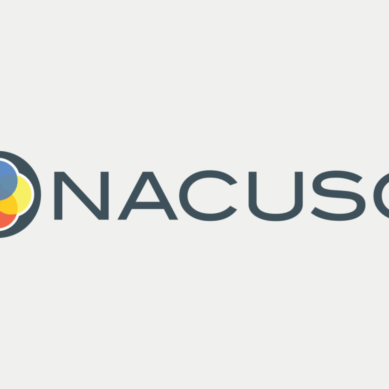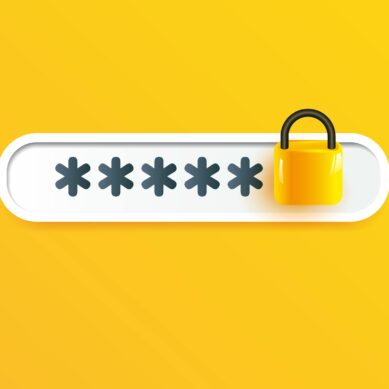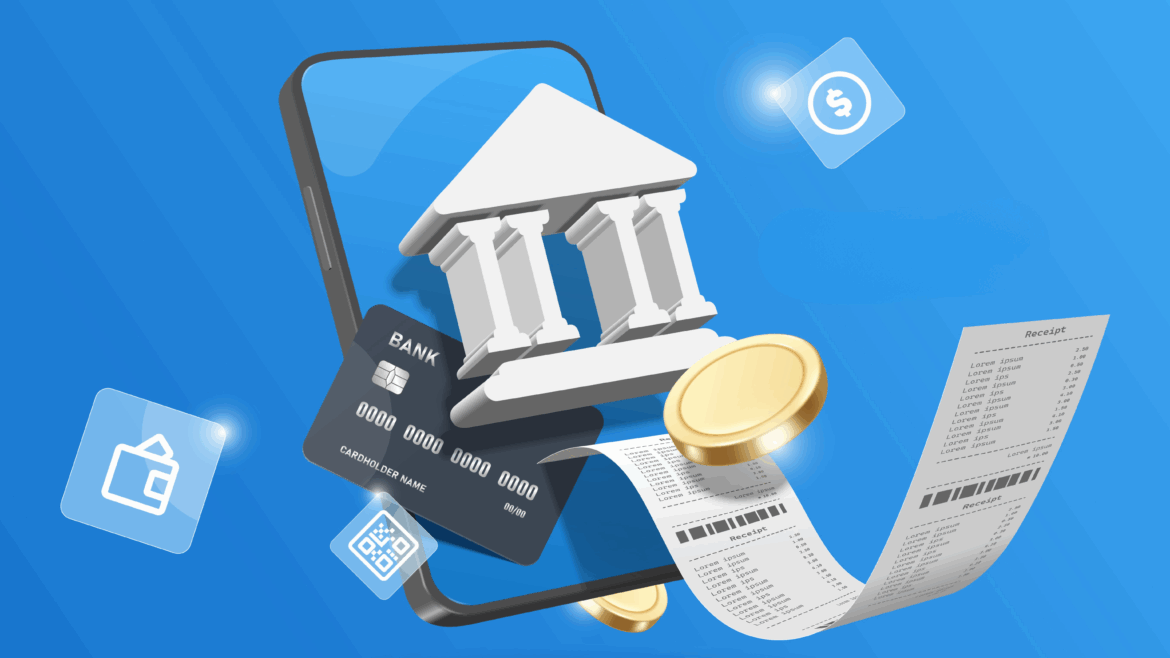In a world where we can order groceries from our couch, swipe right for a date, and even manage our smart homes with a voice command, it’s only natural that banking continues to evolve digitally.
Watch out, brick-and-mortar; it’s time for the online-only credit union to take the stage.
Offering a unique blend of convenience, cost-effectiveness, and perhaps, a quiet sigh of relief for anyone who’d rather text than talk, this modern approach to banking, while brimming with strengths and opportunities, also navigates its own set of weaknesses and threats.
Strengths
Convenience
An online-only credit union has many strengths, most notably the convenience factor. Life keeps getting busier and busier. Finding time to visit your local branch can be a challenge, especially for members who are busy during business hours! Online credit unions eliminate this hurdle, allowing members to access services anytime, from anywhere, saving them time and energy (and transportation fees).
Cost efficiency
Along with being extremely convenient for members, online credit unions boast impressive cost efficiency. With no physical branches to maintain, their overhead costs are significantly lower than traditional institutions. Industry reports suggest digital-only financial institutions have costs 60-70% lower than brick-and-mortar institutions. Along with cost cuts from the lack of a physical branch, online-only institutions typically require fewer staff. Lower operational costs open the door to new financial opportunities.
An introvert’s dream
An obvious benefit of digital-only branches is appealing to introverted members. With the widespread availability of digital replacements for traditionally “in-person” experiences, it’s no surprise that consumers embrace online banking. This digitalization has become an introvert’s dream.
Preferring other contact channels, 59% of consumers actively avoid calling (or rather talking to) customer service, Forbes reports. Even though you’ll need call staff available for special circumstances and members who do prefer it, most members at your digital-only credit union will likely opt for chatbot, online help, or email support. (After all, avoiding daunting human interaction is often a key reason they chose to open a digital-only membership.)
Generational preference
As the world progresses towards a digital future, it would seem digital services would be more favorable with the digital natives. Interestingly, this isn’t quite the case. In 2024, Gen Z actually had the lowest percentage, at 72%, of users who primarily banked digitally. Millennials held the lead at 80%, with Gen X following shortly behind, according to stats from the American Bankers Association.
Despite the younger generation taking the backseat in primarily banking digitally, a survey found that nearly half of Millennials and Gen Z solely bank digitally. Digital banking is clearly the preference across all generations.
Weaknesses
Though there are numerous benefits for both the credit union and its members, digital-only credit unions aren’t perfect. There are some disadvantages to consider before moving forward with opening an online-only branch.
Staff support
Online-only credit unions might require fewer staff, which is a beneficial cost reduction; however, a smaller staff also means less direct member support and potentially larger workloads. To mitigate this, online credit unions can leverage chatbots and automated systems to handle routine inquiries and make up for limited staff availability, especially since we know phone support isn’t always the most preferred method.
Limited services
While many credit union services can be seamlessly offered online, some cannot be accommodated digitally, specifically, cash services. Unfortunately, cash doesn’t just appear out of thin air (*sigh*). Depositing and withdrawing cash requires a physical location, whether that be a branch or an ATM.
Though cash is king, it is also becoming less popular. As plastics and digital wallets rise in popularity, more and more places are becoming cashless, including several national parks, event venues, and my alma mater. Though the lack of access to cash services might deter some potential members, some members will not be concerned.
Fields of membership
The typical fields of membership for credit unions can be a bit constricting. Despite the online nature making it technically possible for anyone, anywhere, to join the credit union, traditional fields of membership limit who is actually allowed to become a member. Typical fields of membership (which are community-, occupation-, or association-based requirements) are restrictive and outdated. The beauty of an online credit union is freedom from geographical restrictions; however, using a location-based field of membership defeats that purpose.
Credit unions should consider exploring non-traditional fields of membership that offer broader growth opportunities and cater to diverse consumer needs. For example, the as of yet not established Superbia Credit Union, hopes to use an identity-based field of membership to expand the range of members it can serve.
Member preference
Though it may not be as popular, some members do prefer physically visiting a branch for their financial needs. In 2021, 35% of consumers were branch-dependent. Some consumers even consider it a dealbreaker when a physical branch is not within close proximity to their home/workplace. Digital-only branches aren’t for every consumer; however, the majority of the population seems to be steering away from physical branch dependency.
Opportunities
Despite the few areas of weakness, online-only credit unions present a wealth of opportunities for growth and innovation.
Personalized service
Personal service is the top reason members remain with their credit union, reports America’s Credit Unions. The absence of a physical branch and physical interaction does not mean a digital-only credit union lacks personalized service. In fact, it can create even more opportunities for personalization.
With automated processes, staff have the opportunity to analyze member behavior and use member surveys, or other forms of feedback, to continually improve products/services. With more available time, staff can proactively market personalized offerings to members, fostering deeper relationships.
Digitally engaged audience
If your current member base is highly engaged with online banking, whether through web or mobile, launching an online-only division could be a cost-effective and strategic move. This approach not only optimizes costs but also significantly enhances scalability and accessibility.
A new division allows you the opportunity to update your field of membership to serve different groups alongside your existing digital audience. Without the geographical constraints of brick-and-mortar, you can reach members across a broader area. This expanded reach allows for greater market penetration, maximizing your organization’s potential.
Revenue opportunity
Serving the digitally-savvy population could represent a significant revenue opportunity, with projections suggesting a $5-10 billion potential for the credit union industry. Digital-only branches are an excellent method for providing a digital-first experience that caters to the digitally-savvy.
Membership acquisition should prove highly effective. With lower operating costs, online-only credit unions are typically able to offer better rates and interest on their products, as well as waive typical member fees. These competitive offerings will attract new memberships, encourage higher product adoption per member, and simplify marketing efforts!
AI and automation
Online-only credit unions are perfectly positioned to utilize AI to assist members. Without a physical branch, online members can turn to AI chatbots for immediate assistance. Leveraging AI can reduce the number of staff needed for routine customer service, lowering operational costs further. The key is to find the right balance, ensuring AI enhances rather than detracts from the personalized credit union experience.
Similar to AI, automating certain processes will free up staff to focus on higher-value prospects, such as developing new products and analyzing performance. This shift will fuel growth by refining and significantly enhancing the credit union’s offerings.
Strategic partnerships
If your credit union is opening an online-only division, consider overlapping staff between divisions, as Bluestone FCU has done with Nugget, a Division of Bluestone FCU. This will significantly cut costs related to physical office space and customer support.
Furthermore, to address the weakness of limited cash services, it may be wise to partner with ATM networks to offer widespread access to withdrawals and potentially even deposits. Additionally, offering to waive ATM fees would be valuable for your members. This not only makes accessing their cash more convenient but also eliminates a common frustration that might otherwise deter potential members from choosing your online-only credit union.
Some online-only credit unions, like Alliant, offer a map of fee-free ATMs for their members to search for within their ZIP, making access to cash services even easier despite the online nature of the institution.
Threats
Digital-only credit unions present a huge opportunity, but as with any financial venture, there are some lingering threats to be aware of.
AI over-reliance
While AI has many benefits, over-utilizing it could alienate members. Since credit union members value personalized service, you’ll want to be careful that AI does not diminish the personable effect of the credit union.
Some members could get irritated consistently being directed to AI for support if their problems are not being solved. A large majority of the population would prefer to speak to a live person rather than an automated bot, says Business Wire. However, a consumer’s main goal is to have their problem solved quickly, regardless of whether that be through automated bots or live agents, according to Forbes. AI is extremely useful, but overusing it has the potential to scorn members.
Fraud
Online-only credit unions, similar to any financial institution, are vulnerable to fraud. These credit unions will have to be diligent about verifying member identity before performing services, especially for automated processes.
However, online-only credit unions won’t have more risk to members if they are NCUA insured; the same amount will be covered as it would under a traditional credit union.
Secondary financial institutions
Be aware that the online-only credit union may not be the member’s primary financial institution. Some members may open accounts with an online-only institution but use a traditional institution as their primary. If members are unable to use an online-only institution for all their needs, such as cash deposits, they may be doing more business with an institution elsewhere.
Will you take the leap?
If your credit union is already heavily invested in e-services, opening an online-only division can be a seamless transition and a significant revenue opportunity. Though there are several threats accompanying this venture (for credit unions and members alike), there are tons of opportunities with digital-only credit union banking solutions, if implemented effectively.
A key principle in servicing members is “meeting them where they are.” There’s no better way to accomplish that than an online branch, granting members access to your services no matter where life takes them, with ultimate digital convenience.
Now more than ever, we are seeing a preference for digital conveniences, and the credit union industry is no exception to this trend. It’s time to embrace this change and lead the way into the digital future of banking.






















































